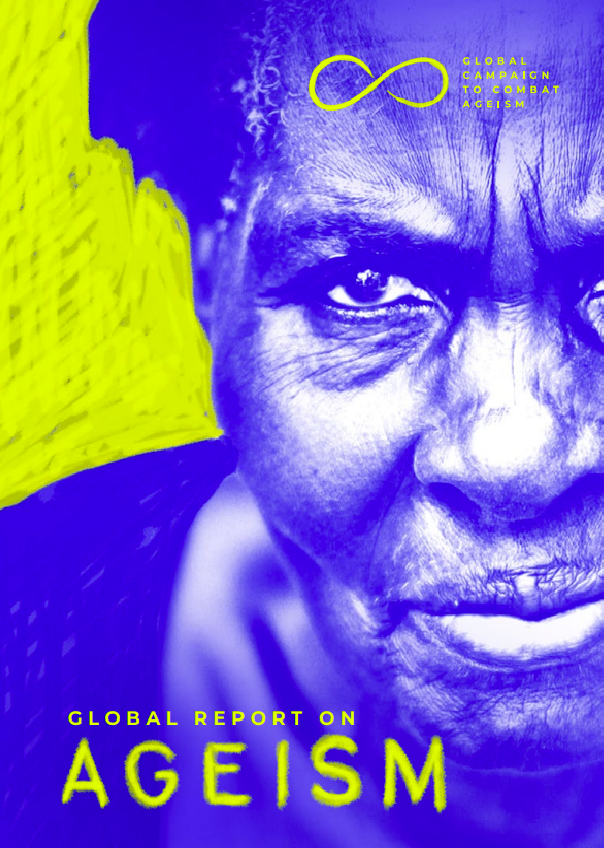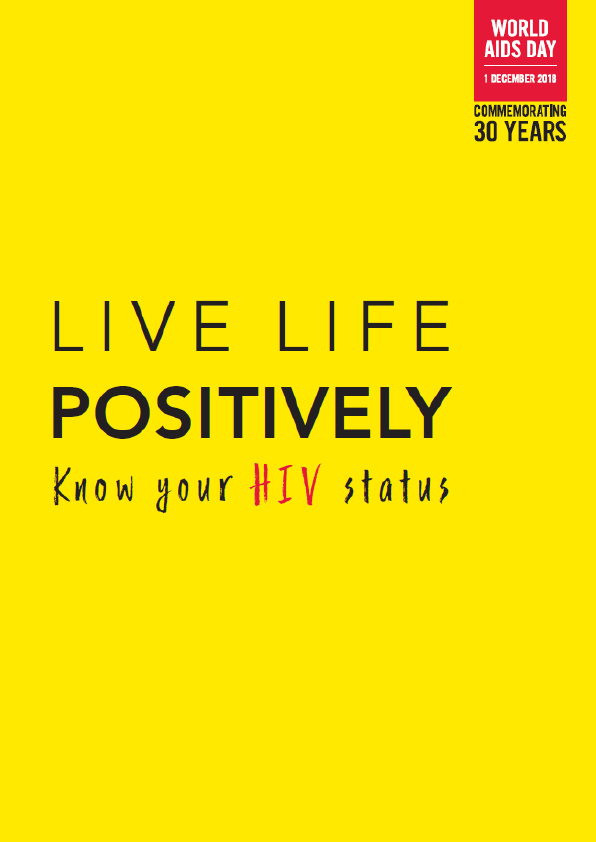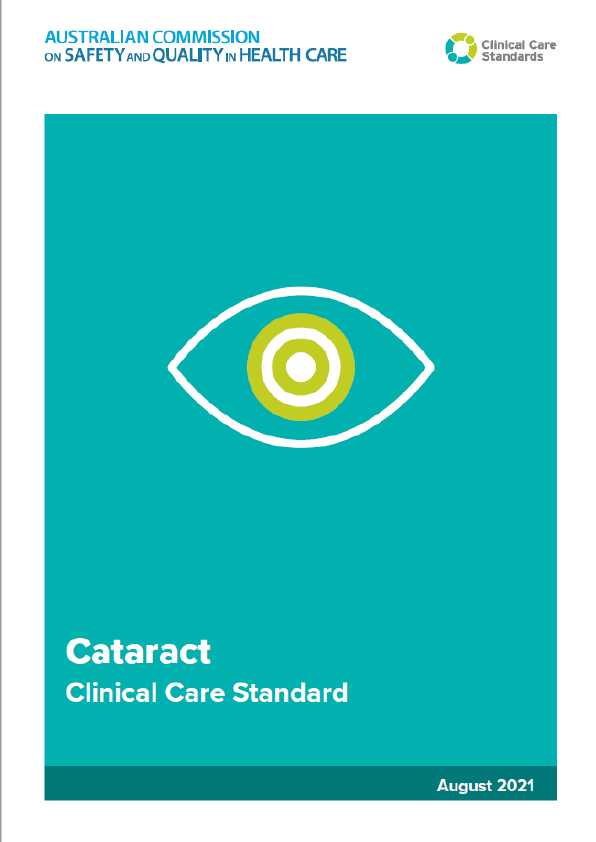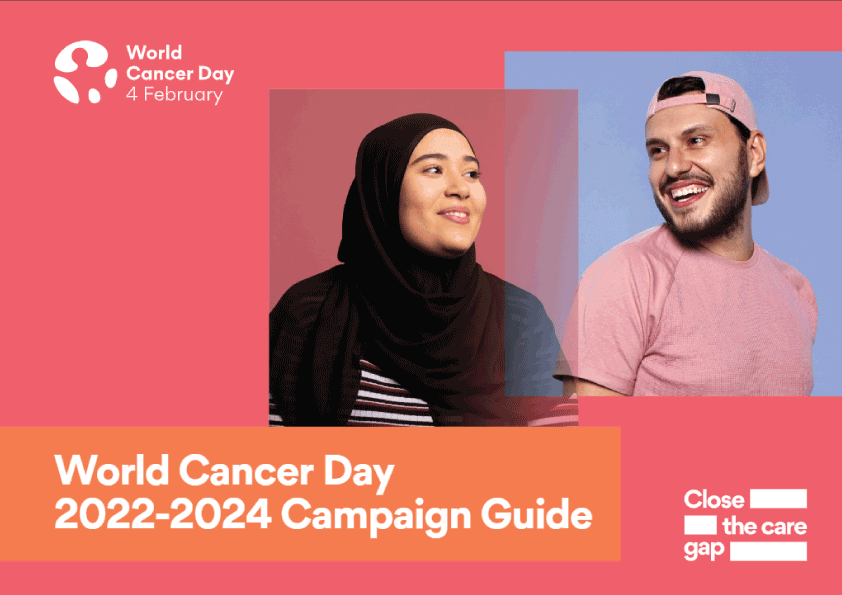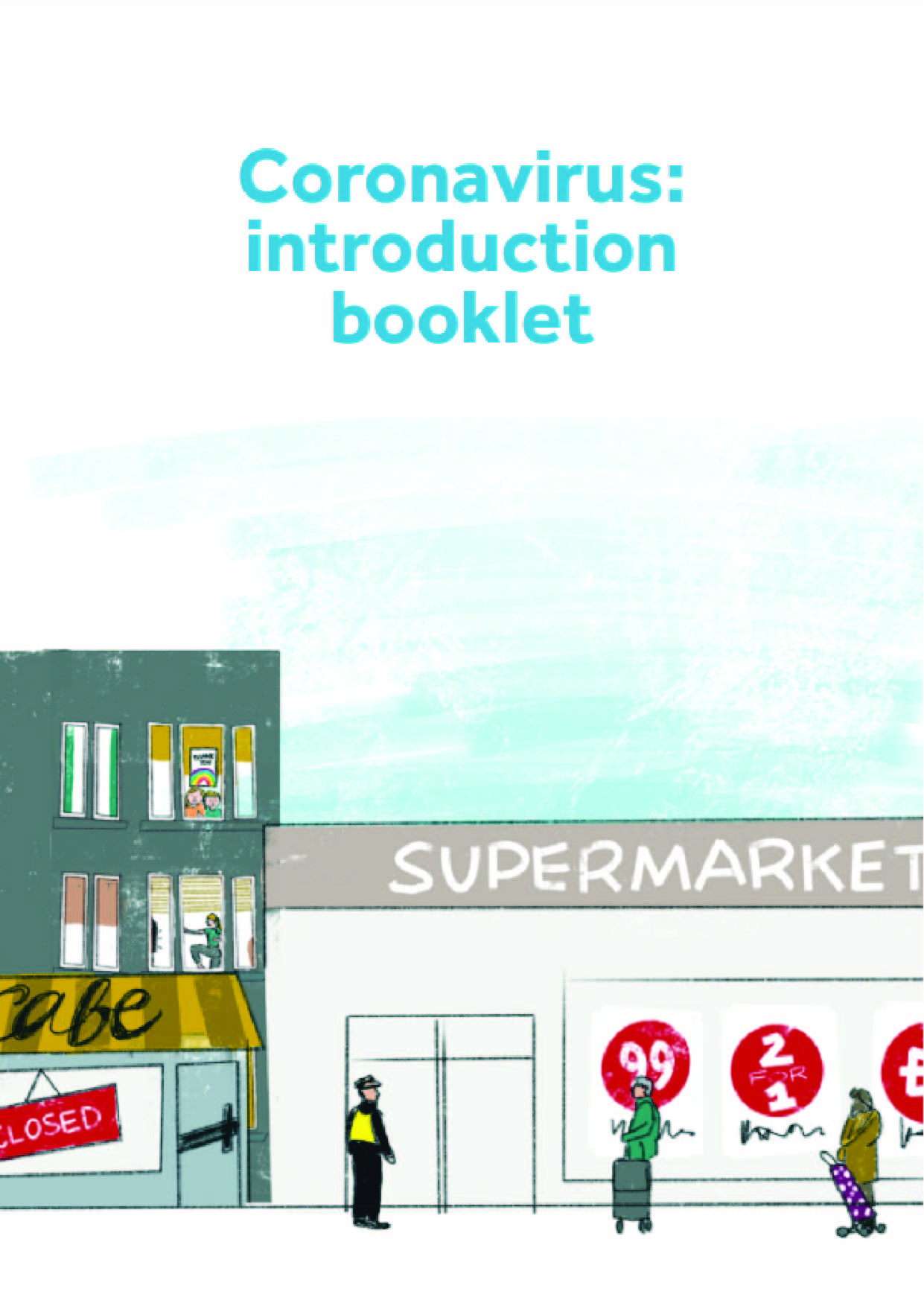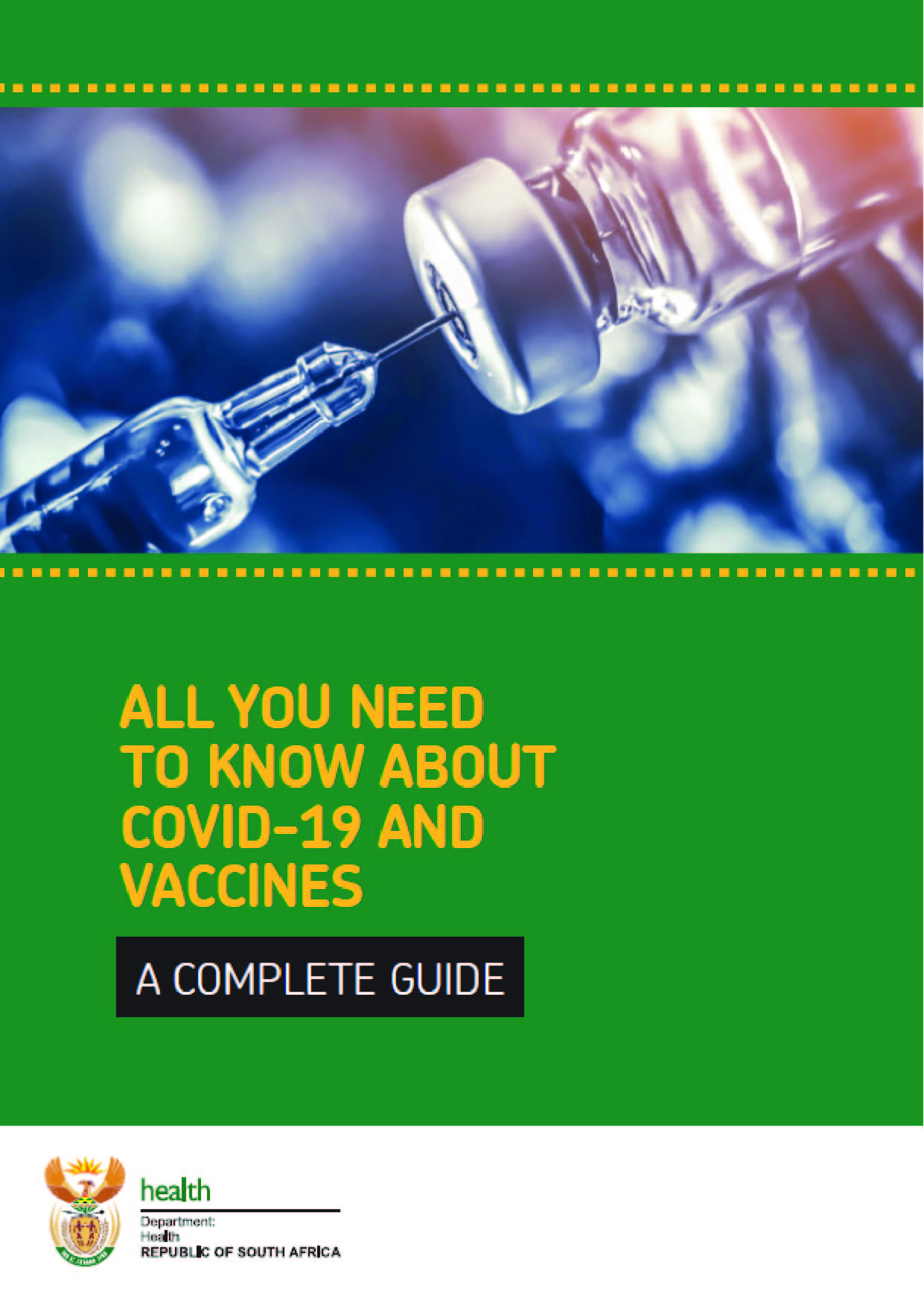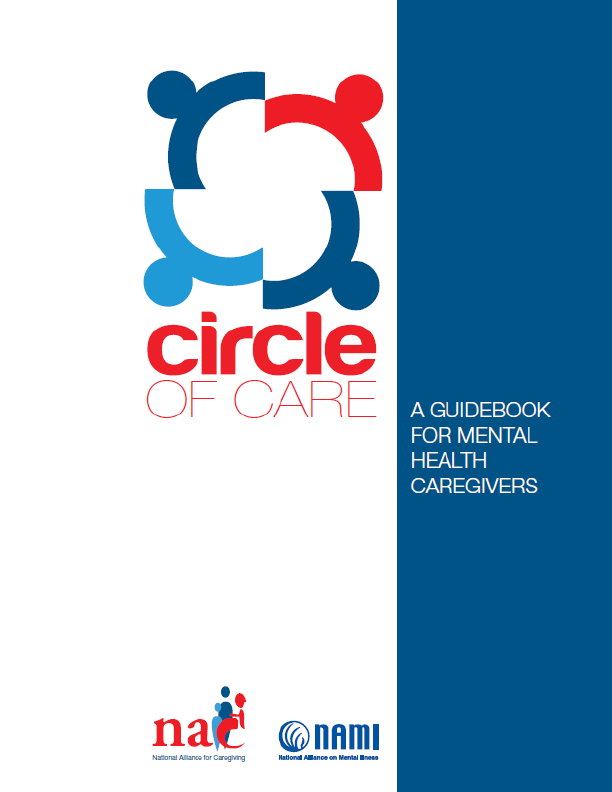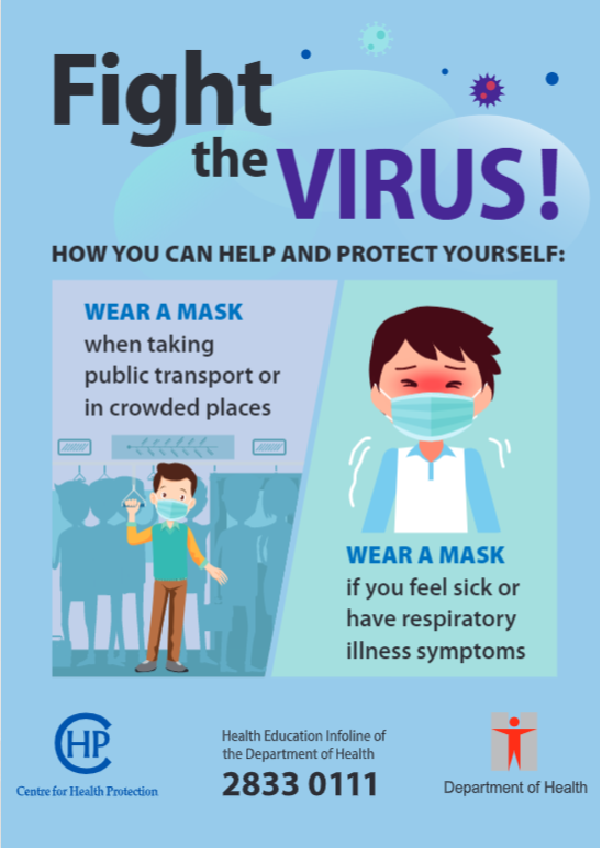Age is one of the first things we notice about other people. Ageism arises when age is used to categorize and divide people in ways that lead to harm, disadvantage and injustice and erode solidarity across generations. Ageism takes on different forms across the life course. A teenager might, for instance, be ridiculed for starting a political movement; both older and younger people might be denied a job because of their age; or an older person might be accused of witchcraft and driven out of their home and village.
Ageism damages our health and well-being and is a major barrier to enacting effective policies and taking action on healthy ageing, as recognized by World Health Organization (WHO) Member States in the Global strategy and action plan on ageing and health and through the Decade of Healthy Ageing: 2021–2030. In response, WHO was asked to start, with partners, a global campaign to combat ageism.
The Global report on ageism was developed for the campaign by WHO, Office of the High Commissioner for Human Rights, the United Nations (UN) Department of Economic and Social Affairs and the United Nations Population Fund. It is directed at policy-makers, practitioners, researchers, development agencies and members of the private sector and civil society. This report, after defining the nature of ageism, summarizes the best evidence about the scale, the impacts and the determinants of ageism and the most effective strategies to reduce it. It concludes with three recommendations for action, informed by the evidence, to create a world for all ages.
The nature of ageism
Ageism refers to the stereotypes (how we think), prejudice (how we feel) and discrimination (how we act) directed towards people on the basis of their age. It can be institutional, interpersonal or self-directed. Institutional ageism refers to the laws, rules, social norms, policies and practices of institutions that unfairly restrict opportunities and systematically disadvantage individuals because of their age. Interpersonal ageism arises in interactions between two or more individuals, while self-directed ageism occurs when ageism is internalized and turned against oneself.
Ageism starts in childhood and is reinforced over time. From an early age, children pick up cues from those around them about their culture’s stereotypes and prejudices, which are soon internalized. People then use these stereotypes to make inferences and to guide their feelings and behaviour towards people of different ages and towards themselves.
Ageism often intersects and interacts with other forms of stereotypes, prejudice and discrimination, including ableism, sexism and racism. Multiple intersecting forms of bias compound disadvantage and make the effects of ageism on individuals’ health and well-being even worse
The scale of ageism
Ageism pervades many institutions and sectors of society, including those providing health and social care, the workplace, the media and the legal system. Health-care rationing on the basis of age is widespread, and older adults tend to be excluded from research and data collection efforts. Older and younger adults are often disadvantaged in the workplace. People get angrier about crimes committed by younger offenders, rather than older, and see these crimes as more serious transgressions. Ageism also shapes how statistics and data, on which policies are based, are collected.
Globally, one in two people are ageist against older people. In Europe, the only region for which we have data, one in three report having been a target of ageism, and younger people report more perceived age discrimination than other age groups.
The impact of ageism
Ageism has serious and far-reaching consequences for people’s health, well-being and human rights. For older people, ageism is associated with a shorter lifespan, poorer physical and mental health, slower recovery from disability and cognitive decline. Ageism reduces older people’s quality of life, increases their social isolation and loneliness (both of which are associated with serious health problems), restricts their ability to express their sexuality and may increase the risk of violence and abuse against older people. Ageism can also reduce younger people’s commitment to the organization they work for.
For individuals, ageism contributes to poverty and financial insecurity in older age, and one recent estimate shows that ageism costs society billions of dollars.
